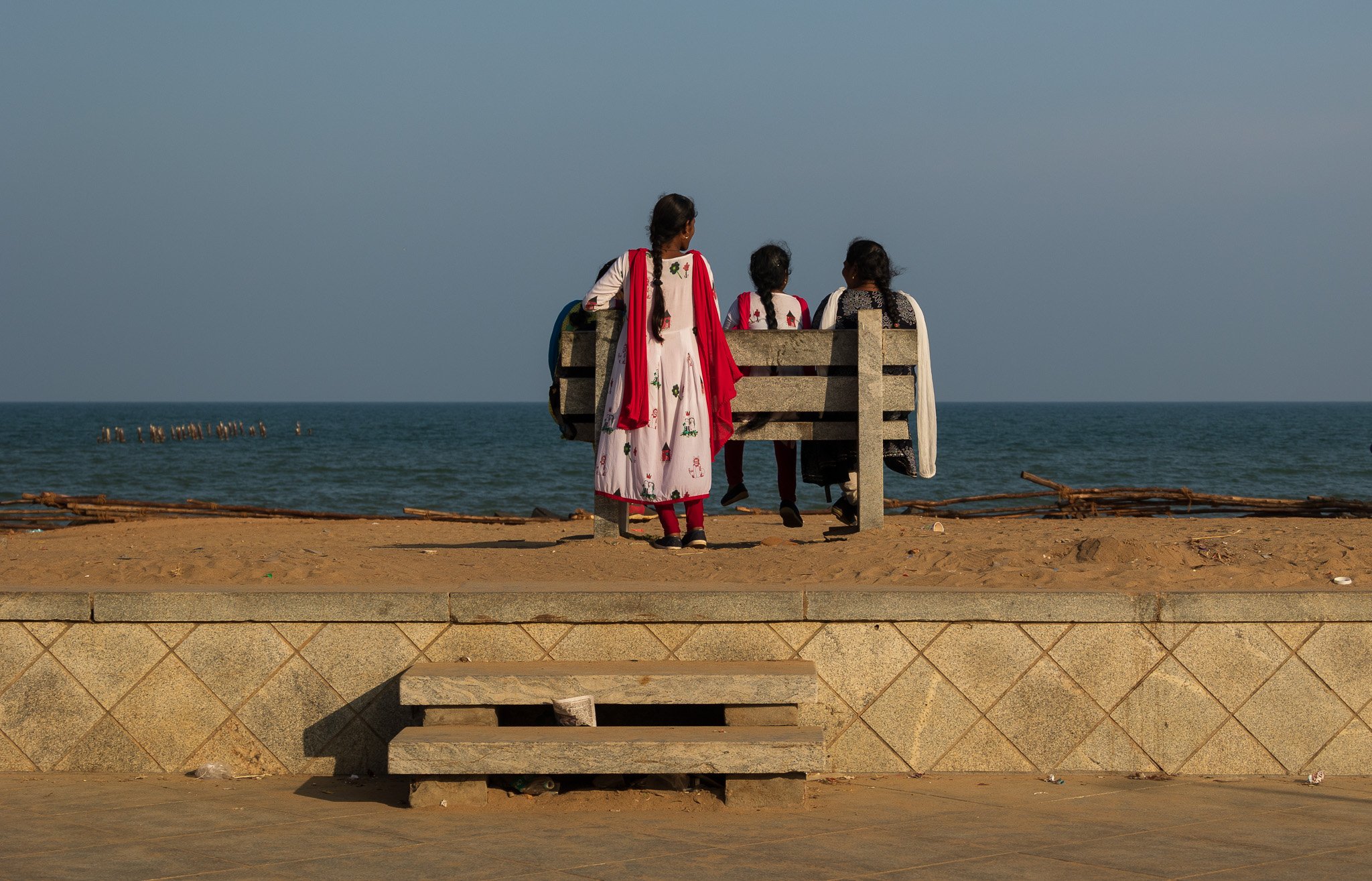In a letter from Karl to the Montreal Star newspaper, he wrote:
“I left Calcutta on October 25th by way of the famous Grand Trunk Road. This road was built by a Mogul Emperor and runs to Delhi, a distance of 950 miles. It has been neglected since the construction of railway lines but it is yet a splendid road, as smooth and level as any cyclist could wish for. At Alipore, a few miles from Calcutta I visited the factory where the army clothing is manufactured.
After wheeling along through native villages, with crowded streets, past old temples, or an occasional coconut grove, I arrived at Chandernagore, a small French colony on the Hooghly River, about 25 miles from Calcutta. It consists of a small village, the inhabitants all natives, except two or three Frenchmen, who seem very proud of their few feet of territory over which the tricolour waves. The changes are, however, that England scarcely missing one square mile or less of land out of the vast Indian Empire.”
As Karl passed through Chandernagore, a small commercial city under French rule since 1816, he documented a part of India’s history that piqued my interest. Chandernagore was once considered part of French India, under the political control of the governor-general in Pondicherry, until it gained independence in 1950.
Intrigued by the allure of "French India," I decided to make a detour to Puducherry, formerly known as Pondicherry or "Pondy." The city is divided by a canal, separating the French Quarter and the larger Tamil Quarter to the west.
My research painted a vivid picture of brightly coloured buildings adorned with cascading bougainvillaea and the enticing aroma of fresh pastries from traditional boulangeries. Eager to experience the remnants of French colonialism, I booked a stay at Maison Perumal, a 130-year-old Chettiar family mansion.
Arriving at my accommodation, I hailed a TukTuk and asked to be dropped off on the outskirts of "White Town," as the French Quarter was locally referred to. However, much like "British India," Pondy had suffered a similar fate. Some former villas had been transformed into boutique hotels and inns, while the once vibrant pastel-painted buildings had faded. Nevertheless, as I strolled through the streets, the fragrance of bougainvillaea lingered, evoking a sense of life in this French town during the early 1900s. Though the scent of croissants eluded me, I could envision the charm of that era.
Puducherry proved to be a walkable town, where residents from both the French and Tamil quarters would converge in the evening for a stroll along the beach promenade on the Bay of Bengal. The side streets were closed off to vehicular traffic, ensuring unimpeded access to the parallel main road. Interestingly, the number of pedestrians walking on the road often exceeded those utilizing the designated promenade pathway, creating a vibrant atmosphere.
During my time in Pondy, joining the bustling crowds at the beach promenade became a regular occurrence. As I leisurely walked, either on the road or the designated pathway, I relished the opportunity to observe the unfolding scenes around me. Couples perched on rocky outcrops, basking in the setting sun and occasionally being showered by the salty sea sprays. Nearby, parents were guided by their eager children, all heading towards the young vendors selling vibrant pink cotton candy. Further along, groups of friends gathered near the iconic Gandhi statue, their conversations filled with youthful energy as they caught up with one another.
While Karl's mention of Chandernagore initially inspired my visit to Puducherry, I often deviated from his intended path, captivated by the tangential aspects of this adventure. The guidebooks, I dare say, missed the mark. If not for tracing a Nova Scotian's passage through a French town or seeking authentic French cuisine in India, one might overlook the truly captivating facets of Puducherry. Beyond its Frenchness, the town effortlessly creates an atmosphere steeped in spiritualness, which I will delve into in next week's adventure.
*As my fascination with the Chettiars grew, inspired by the history of Maison Perumal, I ventured deeper into the rabbit hole of exploration, leading me across southwest India to Chettinad. In Karl Chronicle #126, I will share the details of my stay and the rich heritage of the Chettiar community. Stay tuned for the next chapter in this journey.



















